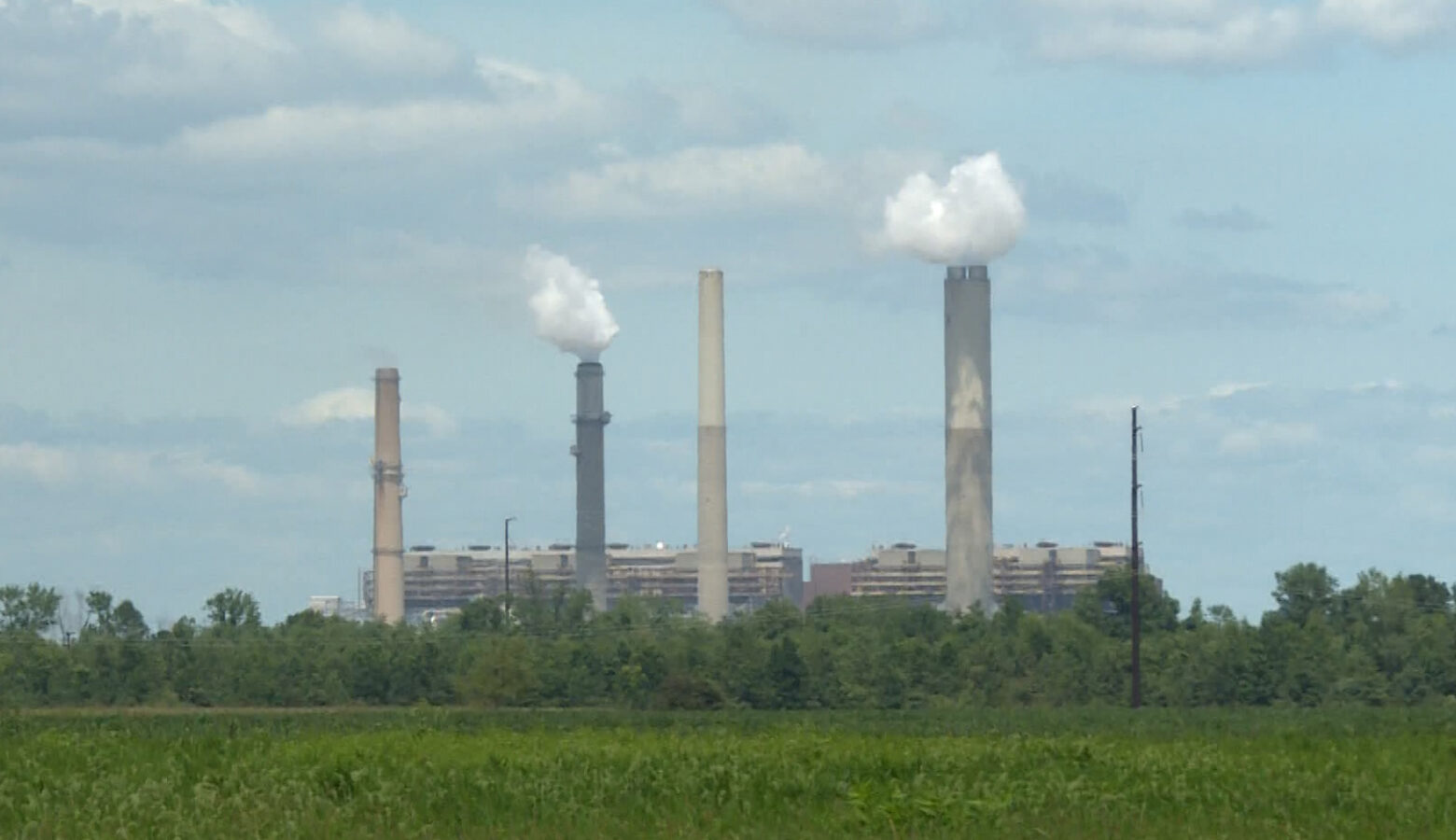Duke Energy plans to delay Gibson coal plant retirement. Activists say it’s a ‘step backward’

Duke Energy plans to delay the retirement of its Gibson coal plant by three years. That’s according to the utility’s latest 20-year plan. If the company follows through, Duke would be the last Indiana investor-owned utility to stop burning coal by a decade.
To avoid the worst effects of climate change, scientists say we need to significantly reduce coal by 2030. Two of Gibson’s coal units would be converted to burn both natural gas and coal — allowing the plant to burn coal until 2038. Duke also would hold off on adding the bulk of its renewables until the mid to late 2030s.
Megan Anderson is with the Sierra Club’s Beyond Coal campaign in Indiana. She said Duke is backtracking from its last plan to go coal-free by 2035 and setting its customers up to fail.
“It sets them up to have high bills. It sets them up to not be prepared for a changing climate. And just not to have an energy supply that’s going to be reliable through the next 15-20 years,” Anderson said.
Duke Energy Indiana spokesperson Angeline Protogere said since the utility’s last 20-year plan, the Environmental Protection Agency has allowed utilities transitioning to cleaner energy to co-fire coal and natural gas — which is what the utility aims to do at the Gibson plant.
Protogere said, at least in the short term, Duke needs more dispatchable power that’s not dependent on the weather like solar and wind.
The utility expects demand for electricity will go up as businesses expand in Indiana, data centers come online and people buy more electric cars. Protogere said the regional grid operator also now requires utilities to have an extra amount of energy available for each season to ensure reliability.
“Because of that we have to plan resources that can be dispatched on demand whatever the weather conditions are. Renewables depend on the weather more,” she said.
Join the conversation and sign up for the Indiana Two-Way. Text “Indiana” to 765-275-1120. Your comments and questions in response to our weekly text help us find the answers you need on climate solutions and climate change at ipbs.org/climatequestions.
Protogere said Duke Energy also has more coal plants — and has made potentially more investment into emission controls — than other investor-owned utilities in Indiana. Those costs get passed on to customers and often take several years to pay off.
But Anderson said other investor-owned utilities face similar constraints and are still quickly moving away from fossil fuels. AES plans to go coal-free in 2025, followed by CenterPoint in 2027, and NIPSCO and Indiana Michigan Power in 2028.
Anderson said Duke has also made some mistakes that have cost its customers money — like the cost overruns in building the Edwardsport coal gasification plant.
Many Indiana utility customers are simultaneously paying to build new renewable power projects while also paying off debts on existing or retired coal plants.
Three years ago, lawmakers created a pilot program to study how securitization could help reduce costs for CenterPoint Energy customers as the utility’s A.B. Brown coal plant retires early. Much like refinancing a home, securitization allows customers to pay off coal plants over a longer period of time at a lower rate — lowering energy bills. Other than receiving a roughly $5 decrease in CenterPoint customers’ bills, there have been few updates on the pilot program.
Protogere said Duke Energy’s plans could change if utilities are forced to lower greenhouse gas emissions further through the Clean Air Act.
Rebecca is our energy and environment reporter. Contact her at [email protected] or follow her on Twitter at @beckythiele.


